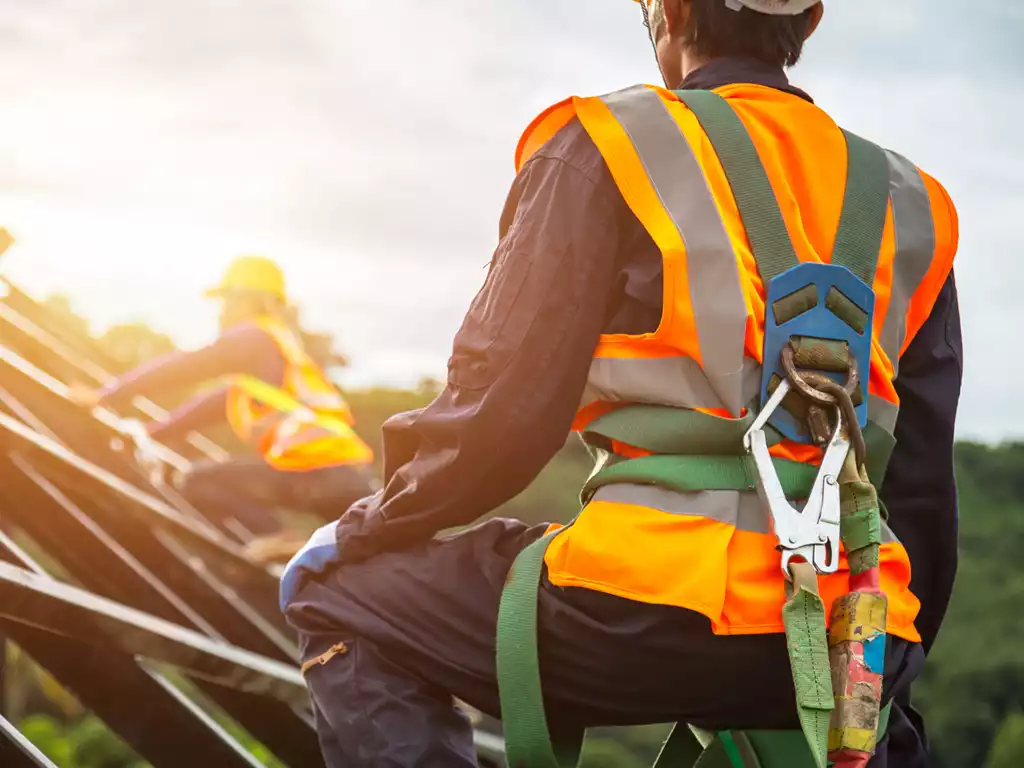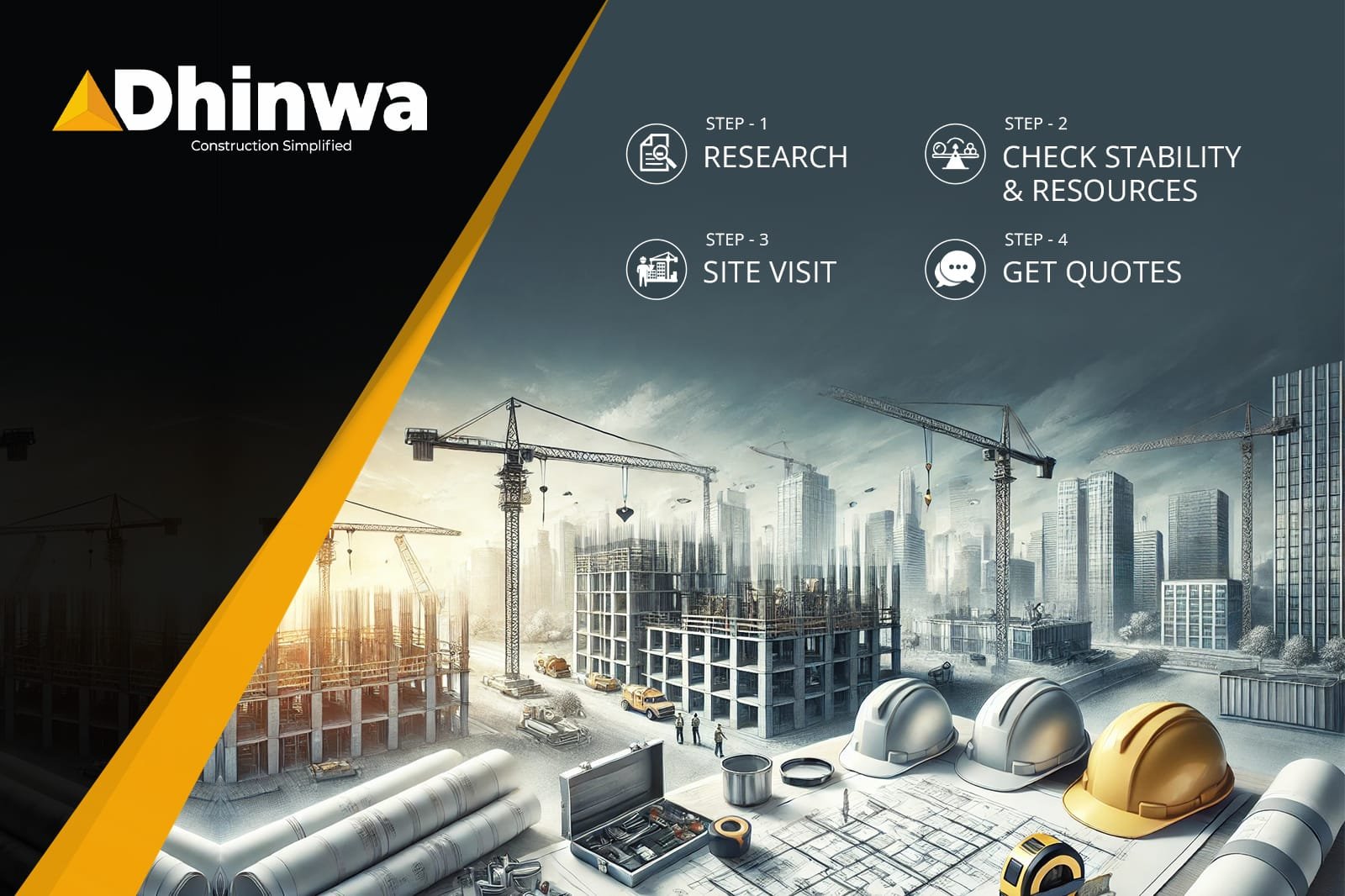Building Tomorrow: What the Future Holds for the Construction Industry
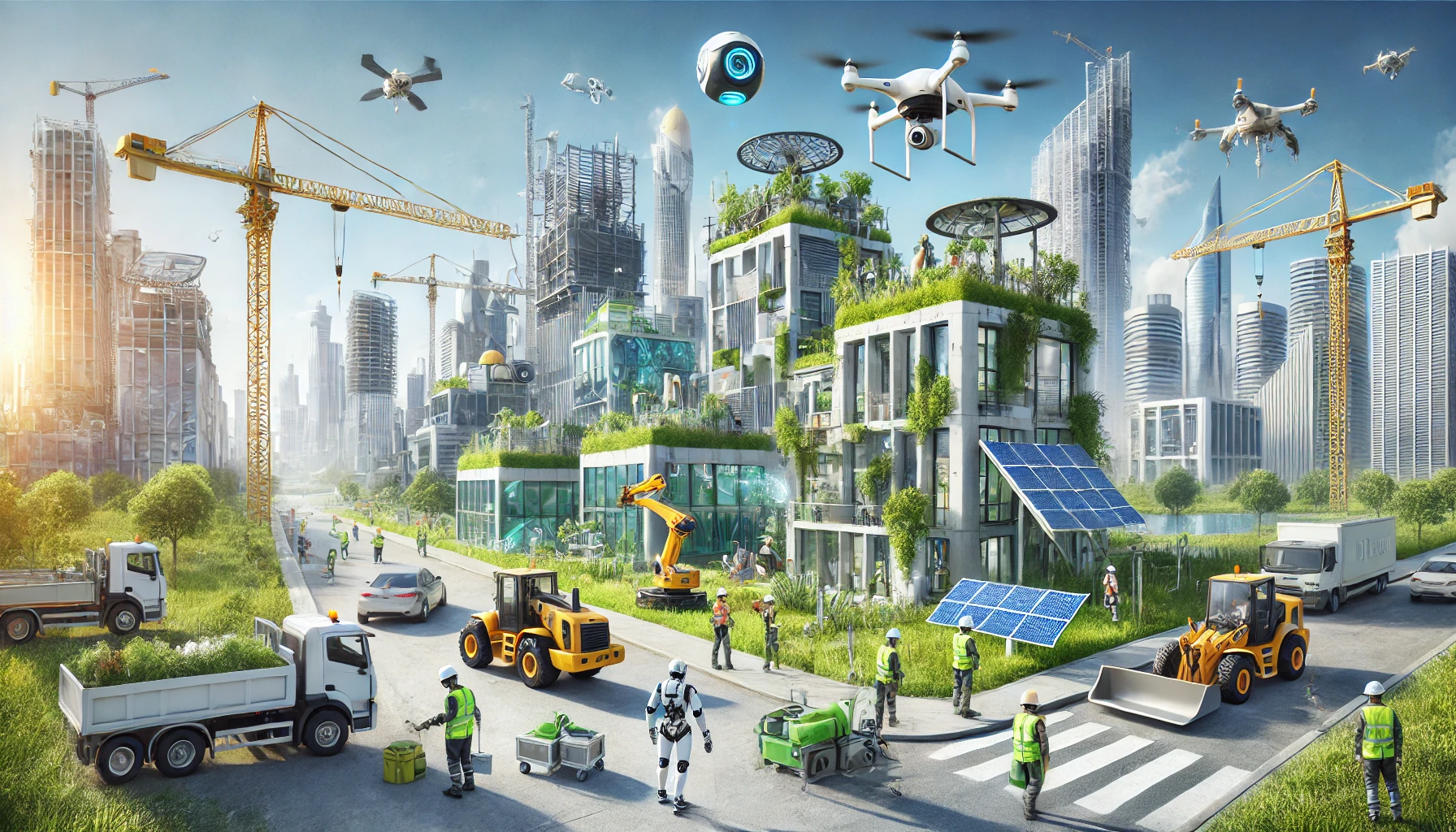
Table of Contents
Imagine a world where skyscrapers are built at the same speed as LEGO towers, where buildings are “smart” enough to regulate their own temperatures, and where communities are green, self-sustaining, and designed to nurture human well-being. Sounds like science fiction? Welcome to the future of construction!
In recent decades, construction has transformed from mud bricks to steel skyscrapers and smart homes. And this is only the beginning. As demand rises and technology leaps forward, the construction industry is on the cusp of another revolution—one that’s sustainable, tech-powered, and entirely people-focused. Let’s explore the trends, technologies, and transformations shaping the industry and our cities.
Key Forces Shaping the Future of Construction
Before we get into the shiny tech and futuristic buildings, let’s talk about why construction is evolving so rapidly.
- Urbanization and Population Growth: By 2050, nearly 70% of the world’s population will live in cities. Imagine the sheer demand for housing, offices, schools, hospitals—the list goes on! Our cities need to grow and adapt faster than ever, requiring efficient, scalable solutions.
- Climate Change and Sustainability: With temperatures rising and resources depleting, the industry faces immense pressure to “go green” and reduce its carbon footprint. Future projects will likely be eco-friendly by design, saving energy, reducing emissions, and utilizing sustainable materials.
- Economic and Social Influences: Affordable housing, workforce availability, and shifting consumer values all play into construction’s future. Clients and residents increasingly care about green living, wellness, and smart spaces.
Technological Disruption: Finally, the game-changer: technology! From robots and AI to 3D printing and BIM, technological innovation is about to rewrite the construction playbook.
Technological Innovations: The Core of Future Construction
Here’s where things start getting interesting. The construction industry is tapping into tech in ways that would make even the most seasoned architect feel like a sci-fi protagonist.
- Artificial Intelligence and Machine Learning: AI is changing the way we plan, design, and maintain buildings. Imagine algorithms that can predict potential design flaws before they’re even built or machines that anticipate maintenance needs months in advance. AI not only saves money and time but also minimizes the risks of costly mistakes.
- Building Information Modeling (BIM): BIM is like the superhero of planning tools. It allows for accurate, real-time collaboration among architects, engineers, and contractors. Think of BIM as the ultimate team player, helping everyone stay on the same page and track every bolt, beam, and budget update.
- 3D Printing and Modular Construction: Need a house in 48 hours? Enter 3D printing. This tech can build entire walls, floors, or even structures in a fraction of the time traditional methods require. Modular construction, meanwhile, allows for factory-built sections that are assembled on-site, cutting timelines and costs dramatically.
- Robotics and Drones: Drones are the “eyes in the sky,” surveying sites and checking safety, while robots help with tasks from bricklaying to painting. Future construction sites might look more like high-tech labs than traditional work zones.
The Economic Viability and Investment Landscape of Future Construction
Ah, the money question! Advanced technology and green initiatives are wonderful, but they also need to make financial sense.
- Financial Considerations: Technologies like AI and 3D printing are investments. But as the construction industry embraces these tools, the upfront costs often pay off in reduced labor, faster timelines, and lower maintenance expenses.
- Return on Investment: Over time, sustainable practices yield high returns. Green buildings often have lower utility bills, require fewer repairs, and attract eco-conscious buyers or tenants willing to pay a premium.
- Financing Future Projects: In India, smart funding options and government incentives are increasingly available to support green and tech-driven projects. Investors are recognizing the long-term value of sustainable, resilient buildings—and those projects are getting funded faster.
Sustainable Building: The Move Toward Eco-Friendly Practices
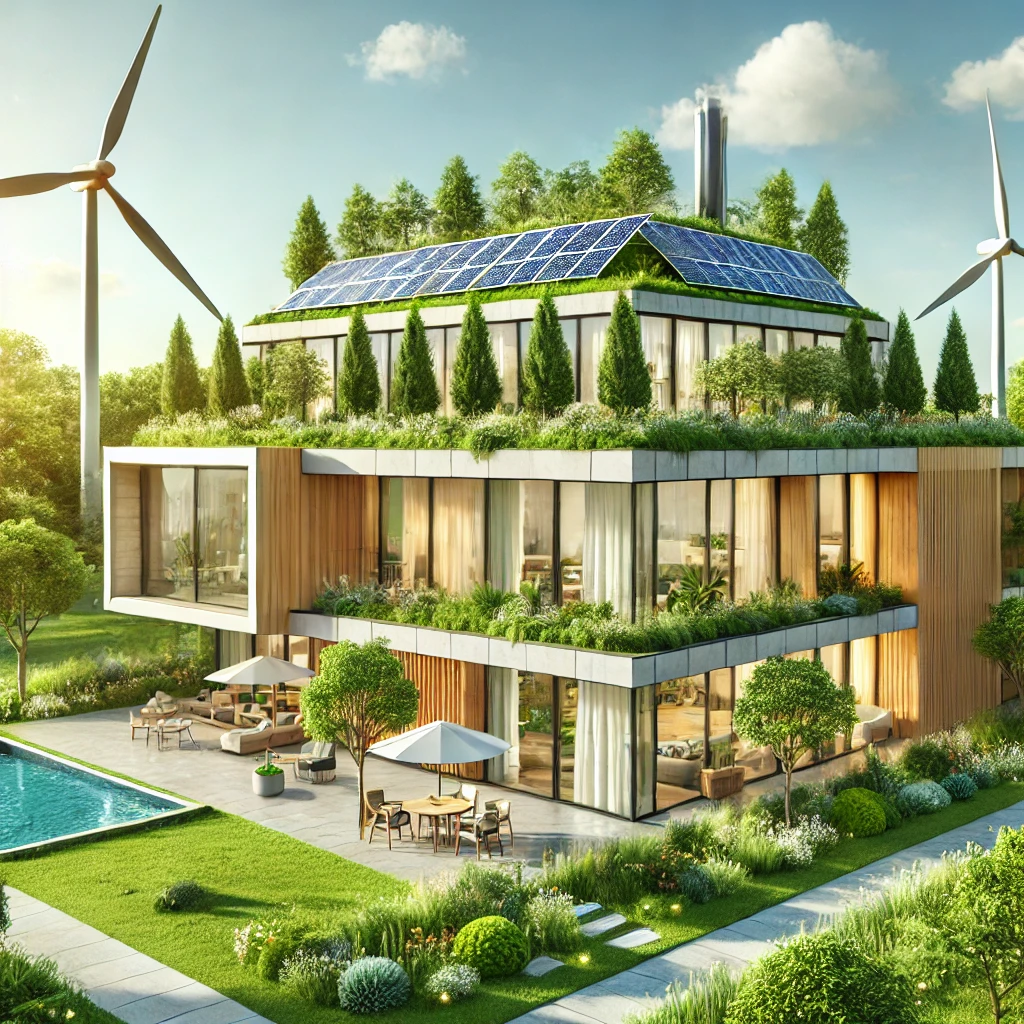
Sustainability is more than just a buzzword; it’s becoming an industry standard. From materials to methods, everything in construction is leaning green.
- Green Building Materials: Traditional concrete and steel? Meet bamboo, recycled concrete, and even “living” building materials. These alternatives are renewable, often stronger, and leave a smaller carbon footprint.
- Energy Efficiency and Water Conservation: The future is about making every watt and drop count. Think solar panels, rainwater harvesting, and energy-efficient HVAC systems. These elements will become a staple, especially as they integrate seamlessly with IoT systems to monitor and optimize usage.
- Certification Standards: Certifications like LEED and GRIHA aren’t just badges of honor; they’re also powerful selling points. These standards guarantee that buildings meet strict environmental criteria, boosting their market value.
- Case Studies on Green Projects: Take, for example, India’s Infosys campus, which is not only a marvel of sustainable design but also offers lessons in integrating green materials and technology at scale. Projects like these serve as guiding lights for the industry.
Smart Construction and the Integration of IoT

Imagine walking into a building that knows your preferred lighting and temperature settings. Smart buildings are the future, and IoT is making it happen.
- Internet of Things (IoT) in Building Management: With IoT, HVAC, lighting, and security systems are all connected. They communicate and adjust in real-time to maximize comfort and minimize waste.
- Smart Cities and Infrastructure Development: India is investing heavily in smart cities. These connected urban areas utilize IoT to improve everything from traffic flow to waste management, making life simpler and more sustainable.
Digital Twins: Imagine having a virtual replica of an entire building. Digital twins let us test maintenance routines, optimize layouts, and troubleshoot issues in a risk-free, virtual space.
Prefabrication and Modular Construction: Building with Precision and Speed
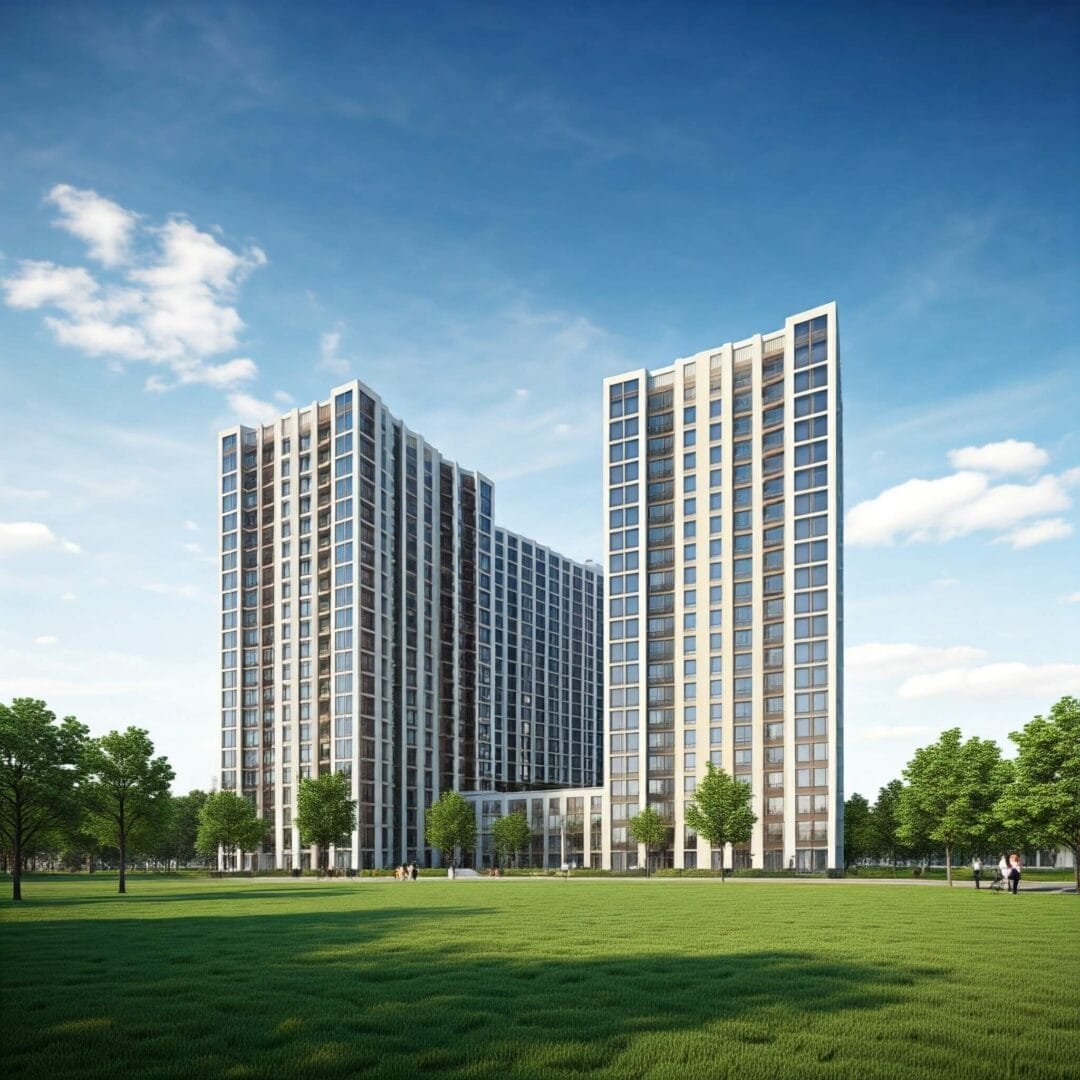
Modular construction is like putting together a life-size puzzle: build in pieces, assemble on-site, and voila! It’s faster, cost-effective, and surprisingly eco-friendly.
- Advantages of Off-Site Construction: Prefabrication means components are crafted in controlled factory environments, ensuring quality and reducing waste.
- Examples in Dense Urban Environments: In crowded cities like Mumbai, modular buildings make perfect sense. A two-week build with minimal disruption is often more feasible than a months-long project.
Human-Centric Design for Well-Being and Productivity
The future of construction isn’t just about buildings; it’s about people.
- Biophilic and Health-Conscious Design: Incorporating greenery, natural light, and air-purifying plants can boost productivity and mental well-being. Offices, schools, and even homes are starting to embrace biophilic design.
- Multi-Functional and Adaptable Spaces: Gone are the days of fixed layouts. With modular furniture and flexible designs, spaces can adapt to different needs over time.
- Social Impact Considerations: Today’s buildings should foster community and promote health. The future construction trend is to think beyond bricks and steel and focus on human experience.
Navigating Regulatory Landscape and Compliance
With change comes regulation. From green standards to tech integration, future construction must adhere to evolving guidelines.
- Changing Building Codes and Standards: Codes are tightening up on emissions, safety, and sustainability. Staying compliant will become a core responsibility for every project.
- Strategies for Compliance: Embracing certifications and adhering to green standards isn’t just beneficial; it’s often required. Companies can gain a competitive edge by getting ahead of regulatory shifts.
Future Workforce and Skill Requirements
As construction evolves, so does the demand for new skills. AI, robotics, and sustainable design are creating a need for tech-savvy, eco-conscious professionals.
- Emerging Skill Sets in Construction: Future architects will need AI skills and engineers will need the knowledge of advanced robotics.
- Addressing the Labor Shortage: The industry will need to attract new talent with competitive salaries, upskilling programs, and a vision for growth.
Looking Forward: The Construction Industry Beyond 2035
We’re thinking long-term! Here’s what the next few decades might hold:
- Automated Construction Sites: Fully automated work zones might sound futuristic, but they’re closer than you think.
- AI-Driven Maintenance: Imagine buildings that tell you when they need repairs, saving time and preventing accidents.
The future of construction is as exciting as it is challenging. From AI to eco-friendly materials, the industry is set for a green, tech-driven, and human-focused transformation. It’s about creating spaces that respect both the planet and the people who live on it.
Are you ready to be part of this journey?
